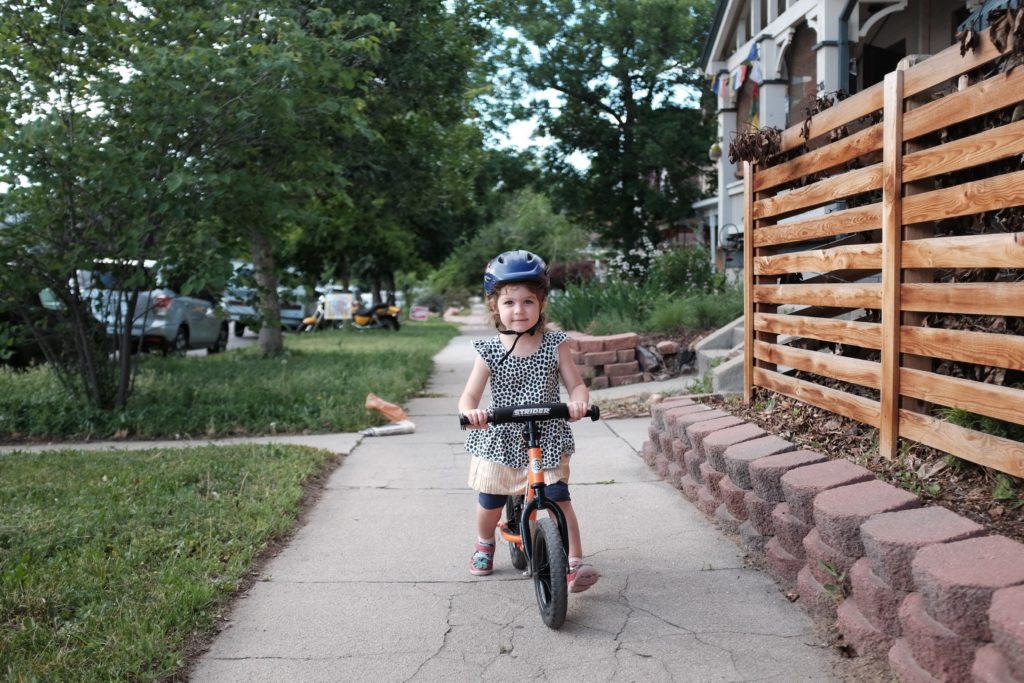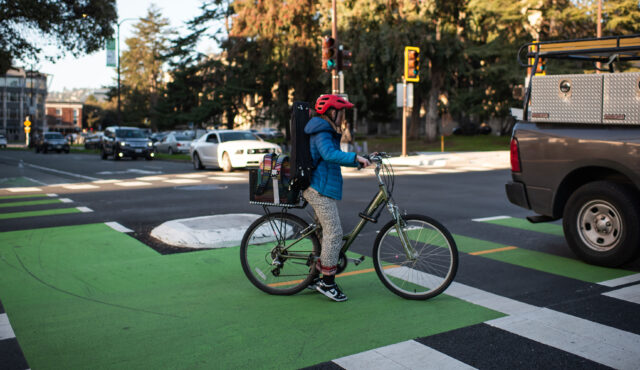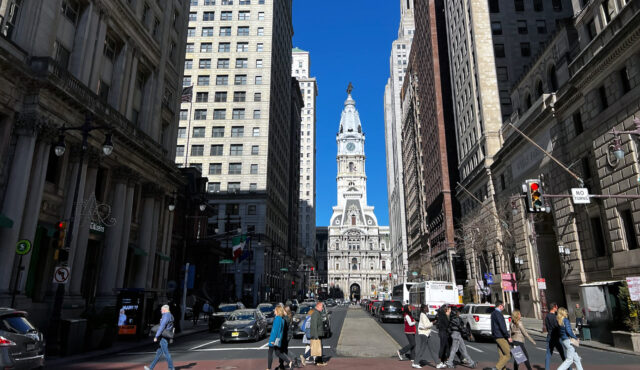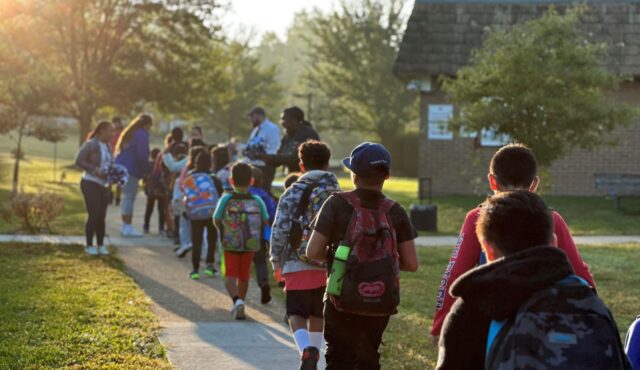
Denver Office Director
I read a lot about human behavior and decision-making. And what I’ve learned is that while there is immense value in technical guidelines and data, emotion is absolutely central to how human beings make decisions.
Have you ever attended a public meeting where removing parking was on the table? Or where sidewalks were proposed in a historic neighborhood? If so, you probably noticed that gut feelings spoke louder than evidence that there would still be plenty of places to park or data proving that sidewalks make people safer.
It turns out that transportation is very emotional. So why do we shy away from this reality when we do our work? Feeling emotions is part of living authentically, and there is no reason we can’t be authentic and professional at the same time.

As a consultant, I’ve been trained to approach my job from a technical and objective standpoint, and for a long time, I thought that’s what it was all about. The turning point for me was the convergence of two things: my work on the Denver Vision Zero Action Plan and the birth of my first child.
Like most parents, the transition back to work wasn’t easy and I experienced all kinds of conflicting emotions. But in helping to create Denver’s Vision Zero plan, I felt my work had a more direct and important impact on my city—and, by extension, people’s lives—than ever before. And while the traffic crash data was certainly telling, the things that stuck with me the most were talking to people from all walks of life at high-crash intersections, hearing victims’ stories, and visiting fatal crash sites within days of the tragedies. I came to see how a technical approach and emotion should connect: while data and analysis are critical to selecting and implementing the right solutions, it takes emotion to create a shared vision, make decisions about big-picture issues, and catalyze organizations toward change.

During that first year as a mom, it was hard to not be paranoid about traffic safety statistics while walking, biking, or driving around with my daughter. Our industry has the data and information we need about pedestrian deaths, street design factors, distracted driving, and speeding. We know enough to make real systematic changes, but perhaps we need emotion to remind us of why we need to get out of our own way and act.
Like all of us, I want my family to be able to safely travel in my neighborhood and beyond. And I want to know that I’ve done everything I can do to make that possible for all of us.
Our work is better when we’re clear about what we want. It’s okay to have thoughtful conversations that pair emotion with data, analysis, and research-based planning and design. What would happen if we leveraged our emotions to make our streets and cities better places?



